Many women wonder, “What do A cup breasts look like?” It’s a common question, especially when shopping for bras. A cup breasts are the smallest standard size, typically measuring less than 1 inch larger than the band size.
This guide will help you understand A cup breasts, from their appearance to finding the right bra. Ready to learn more about A cups?
Key Takeaways
A cup breasts are the smallest standard size, measuring about 1 inch larger than the band size and holding 200-300 cubic centimeters of volume.
Proper bra fitting is crucial for comfort and support. Measure your band and bust size, then subtract band from bust – a 1 inch difference equals an A cup.
A cup breasts come in various shapes like round, teardrop, or bell-shaped. About 40% of women have uneven breast sizes, which is normal.
Breast size doesn’t affect breastfeeding ability. A cup breasts can produce milk just as well as larger sizes.
A cup breasts offer health benefits like reduced back/neck pain and advantages for physical activities and sports due to less weight and strain.
Table of Contents
Defining A Cup Breast Size
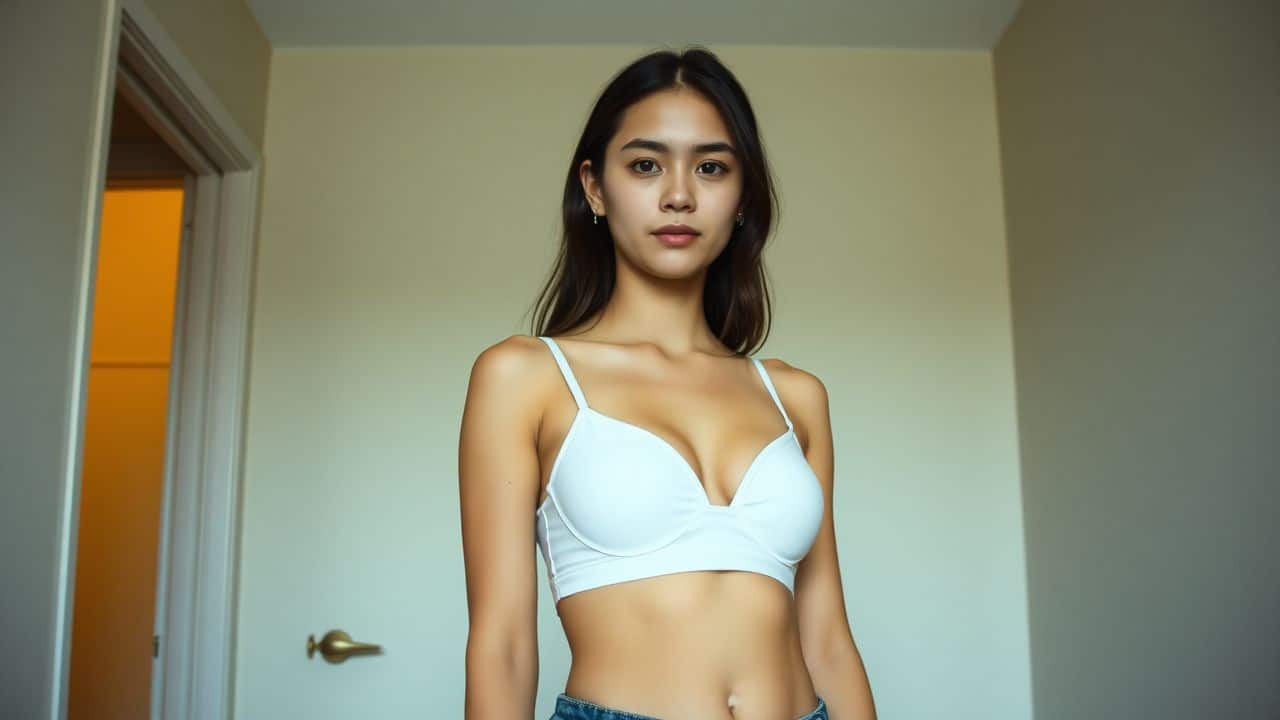
A cup breasts are the smallest standard cup size. They have a volume of about 240 cubic centimeters, or 8 fluid ounces.
Appearance and Volume of A Cup
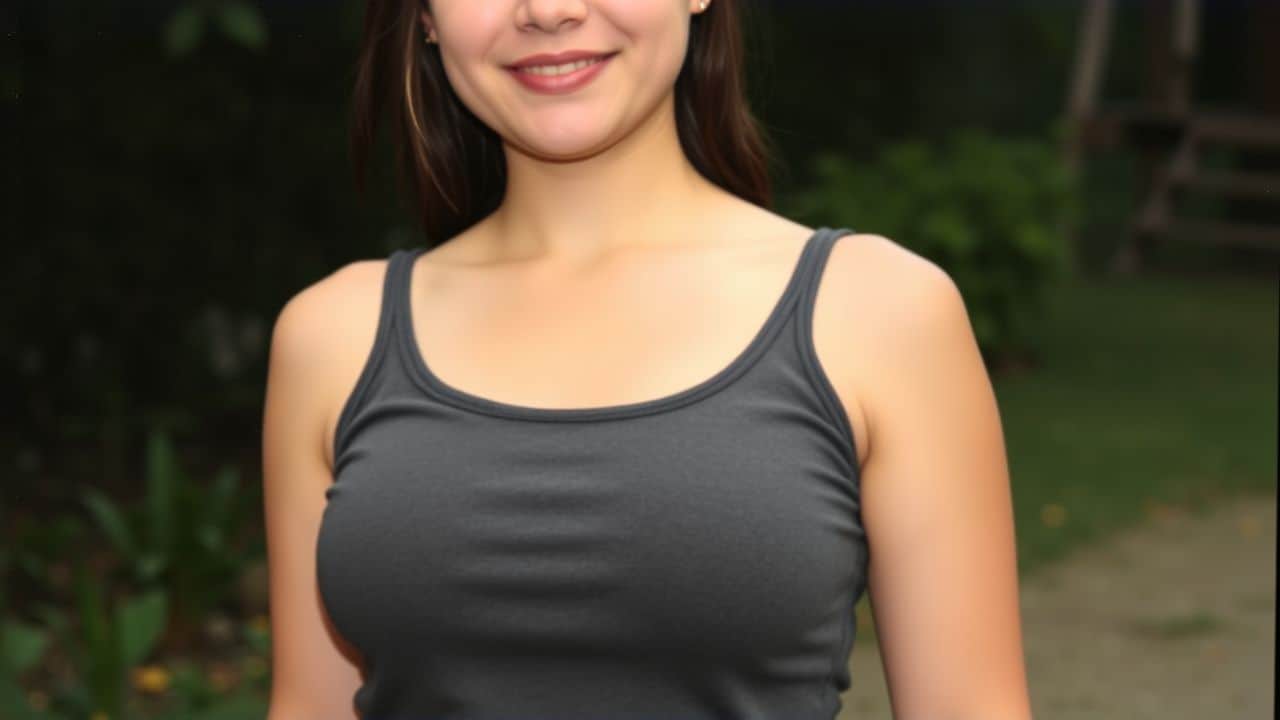
A cup breasts are small and perky. They typically hold about 200-300 cubic centimeters (cc) of volume. This size gives a subtle, natural look that many women love. The shape can vary, but A cups often appear rounded or slightly conical.
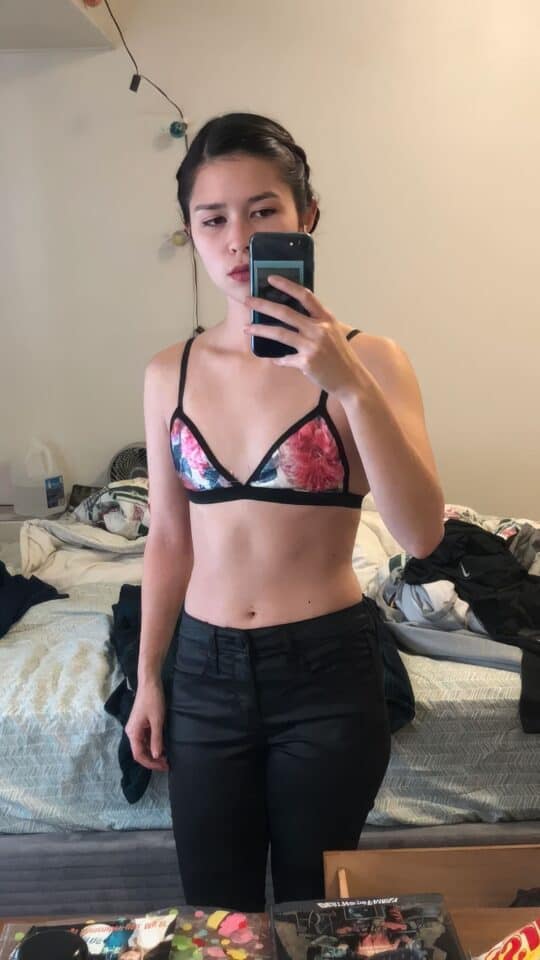
They sit close to the chest wall and may not create much cleavage on their own. Compared to D cups, A cups are much smaller in size and projection.
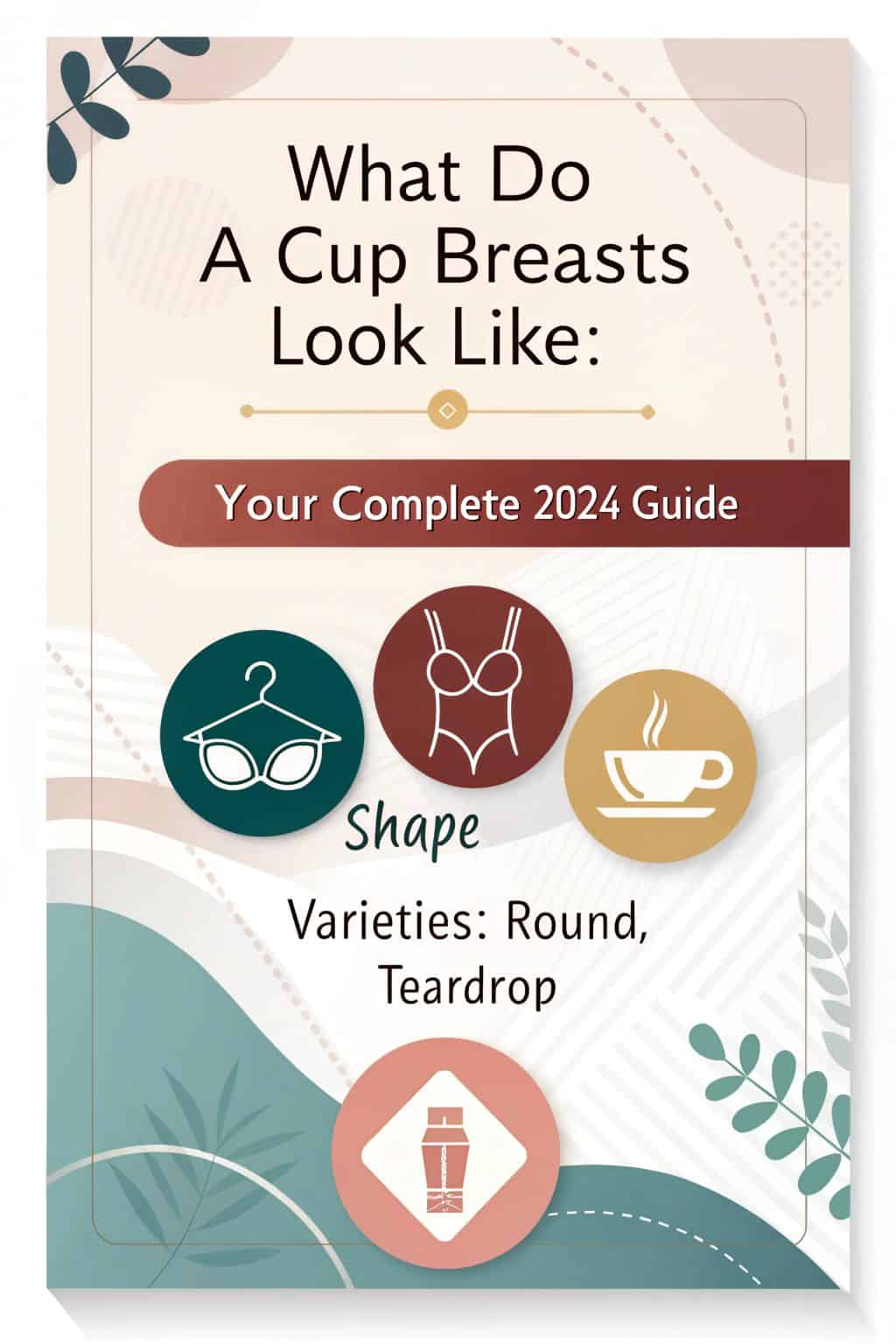
From my experience fitting bras, I’ve observed that A cups can look different on various body types. On petite frames, they might seem proportionally larger. On taller or broader builds, they may appear even smaller.
The nipple position also affects the overall look. Higher-set nipples can make A cups look perkier, while lower-set ones might give a slightly droopy appearance. All breast shapes are normal and beautiful!
Beauty comes in all sizes, and A cups are no exception to this rule.
Comparing A Cup with Other Sizes
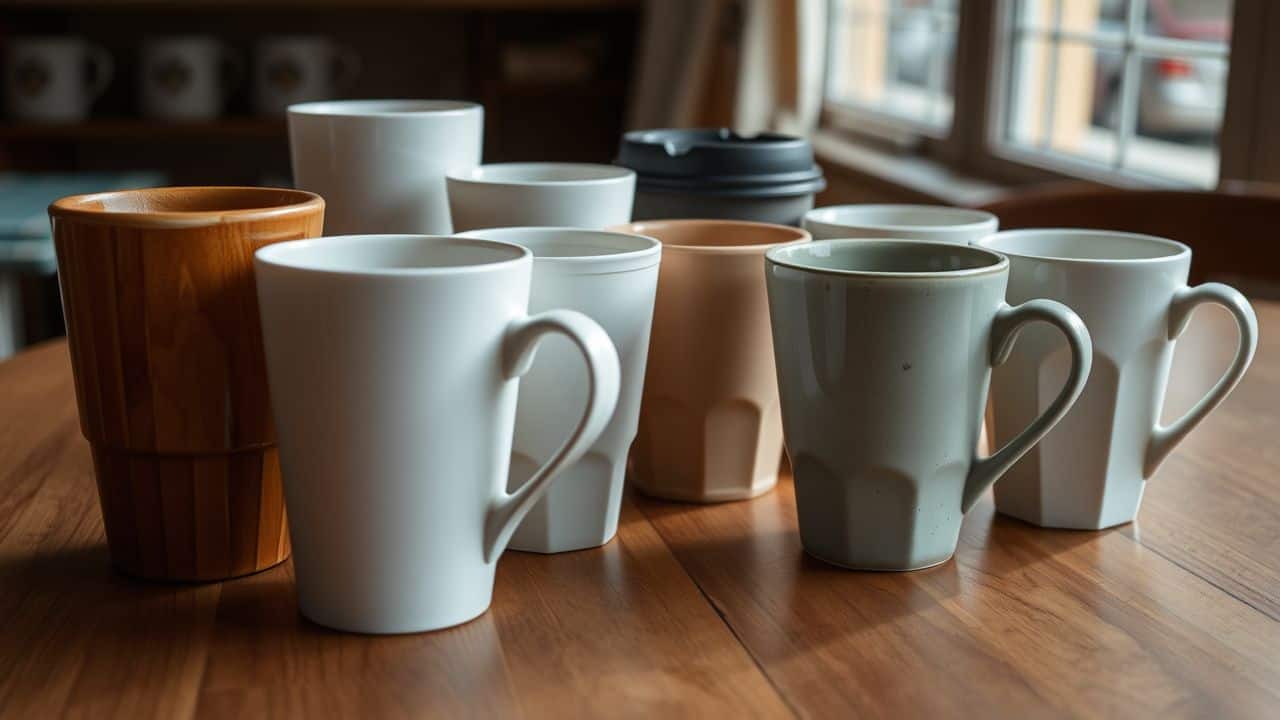
A cup breasts are smaller than other common sizes. Here’s a comparison to larger cup sizes:
| Cup Size | Difference from A Cup | Key Features |
|---|---|---|
| A Cup | Baseline | 1-inch difference between bust and ribcage |
| B Cup | Slightly larger | 2-inch difference, compared to B cup A cups appear smaller |
| C Cup | Noticeably larger | 3-inch difference, more fullness |
| D Cup | Significantly larger | 4-inch difference, needs more support |
A cups may sometimes feel self-conscious. However, all sizes have their own beauty. A cups offer certain advantages. They’re comfortable for sports activities and typically don’t cause back discomfort. Additionally, finding attractive bras can be easier. Appreciating your size is important.
How to Measure A Cup Breasts
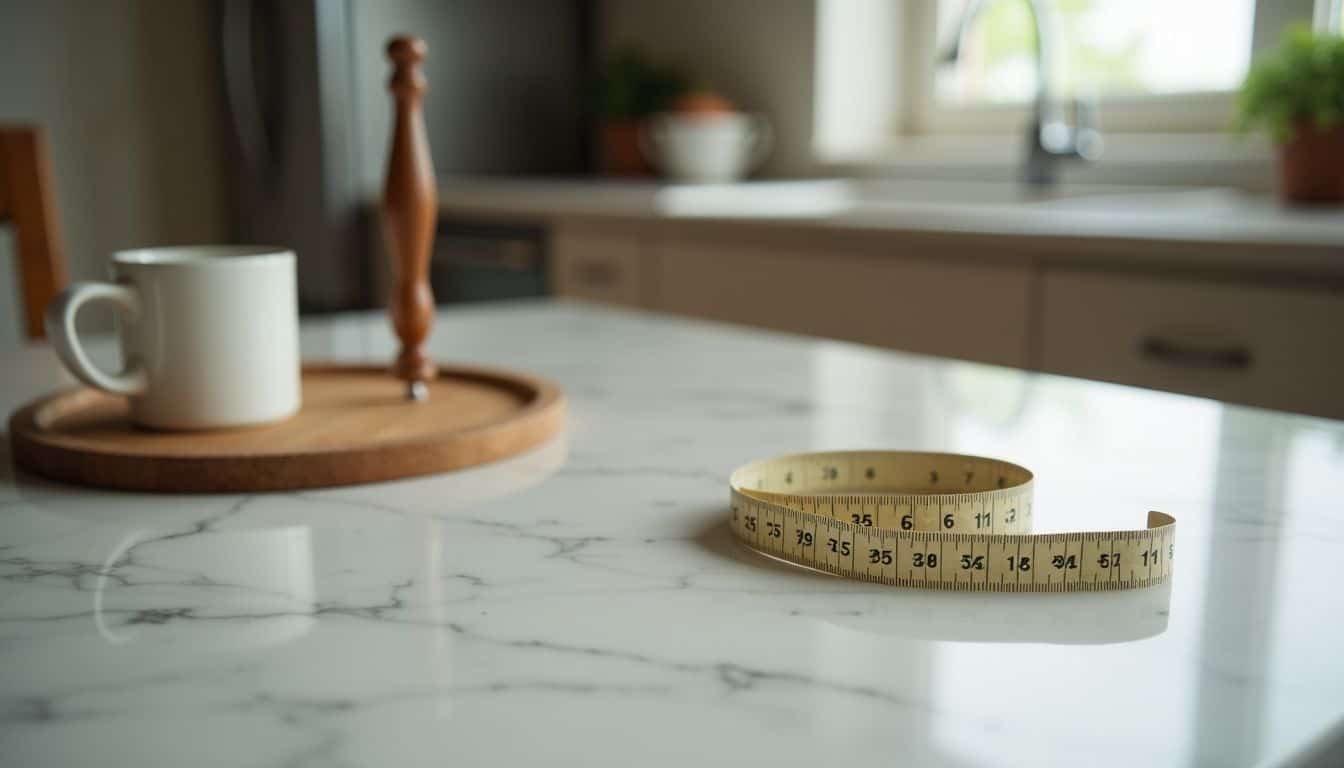
Measuring A cup breasts is simpler than you might think. You’ll need a soft tape measure and a mirror to get started.
Step-by-Step Guide to Measuring
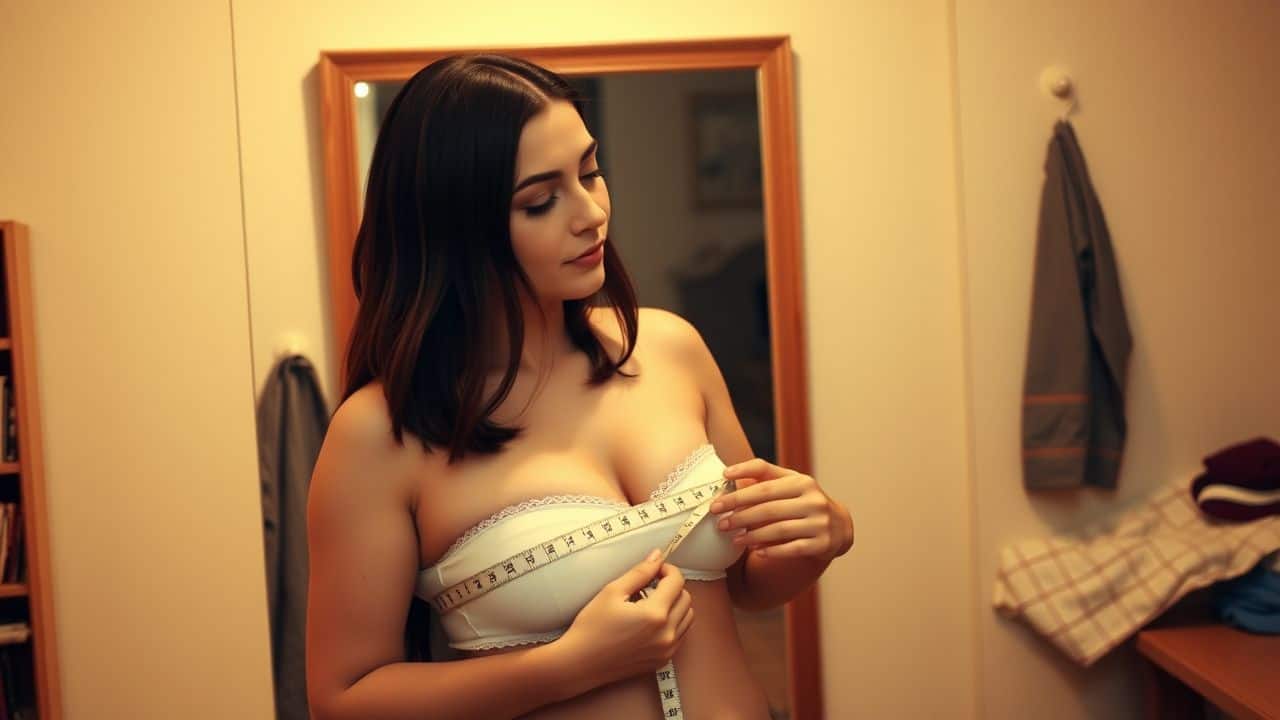
Accurate measurements are key to finding the perfect bra fit. Let’s walk through the steps to measure A cup breasts correctly.
- Gather your tools: You’ll need a soft measuring tape and a mirror. Wear a non-padded bra or no bra at all for the most accurate results.
- Measure your band size: Wrap the tape snugly around your ribcage, just under your bust. Make sure it’s level all the way around. Round to the nearest whole number.
- Measure your bust size: Place the tape around the fullest part of your chest. Don’t pull too tight. Again, round to the nearest whole number.
- Calculate your cup size: Subtract your band size from your bust size. A difference of 1 inch equals an A cup. For example, if your bust is 33 inches and your band is 32 inches, you’re an A cup.
- Try on bras: Numbers are a starting point, but fit varies by brand. Try on several styles to find what feels best.
- Check for proper fit: The band should be snug but not tight. The cups should fully contain your breasts without gaping or overflow.
- Repeat every six months: Bodies change over time. Regular checks help maintain a good fit.
- Consider professional fitting: A bra expert can offer personalized advice and ensure you get the right size.
- Compare sizes: A cups are smaller compared to C cup breasts, but every body is unique.
- Be patient: Finding the perfect fit might take time, but it’s worth it for comfort and support.
The Importance of Accurate Bra Fitting
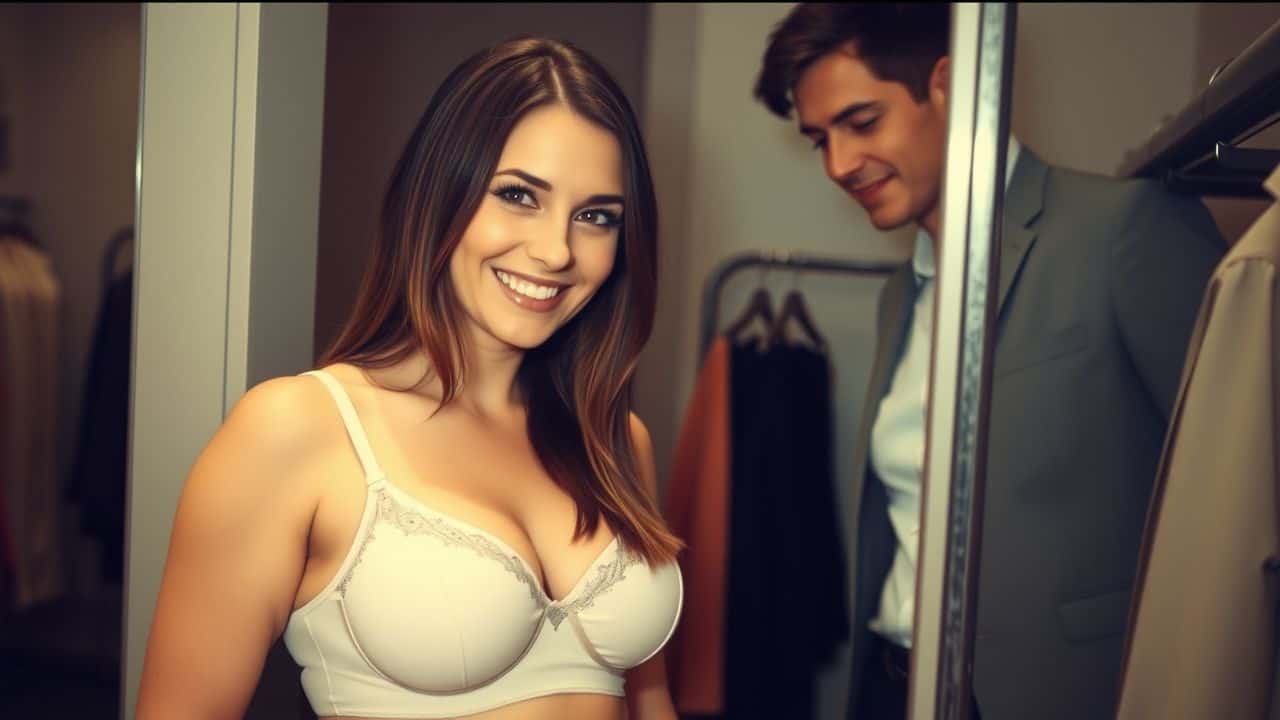
Proper bra fitting is crucial for comfort and support. A well-fitted bra keeps the band in place without riding up. It prevents spillage and gaps in cups, which can cause discomfort and affect your appearance.
Straps should support your bust without digging into your shoulders.
I’ve learned firsthand that getting measured by a pro can make a world of difference. After years of wearing ill-fitting bras, I finally got fitted correctly. The change was amazing – no more back pain or strap marks.
A good bra is like a good friend – supportive, uplifting, and always there when you need it.
Now, I feel more confident and comfortable in my clothes. It’s worth taking the time to find your perfect fit.
Visual Characteristics of A Cup Breasts
A Cup breasts come in many shapes and sizes. They can be round, teardrop, or even slightly asymmetrical.
Shape Variations in A Cup
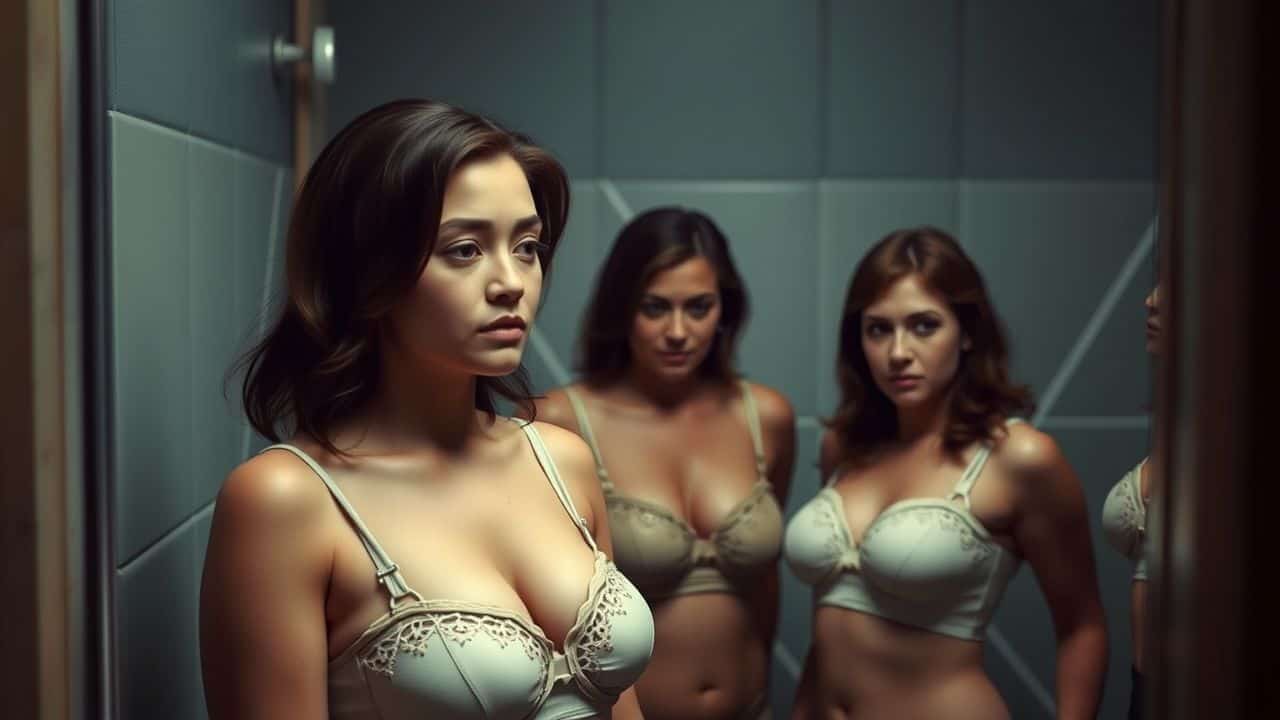
A Cup breasts come in various shapes. Some women have bell-shaped A Cups, which are slimmer at the top and fuller at the bottom. This shape is common and natural. Others might have round A Cups, full on both top and bottom.
These create a more circular look under clothes.
Many women have asymmetric breasts, even in A Cup sizes. In fact, about 40% of women have uneven breast sizes. For those with athletic builds, A Cups may have less tissue. This can cause gaps in some bra styles.
Each shape is normal and beautiful in its own way. Knowing your shape helps in finding the right bra fit and style for comfort and support.
Proportion of A Cup to Body Size

A cup breasts often appear smaller on taller or broader-framed women. Body shape significantly influences how these breasts look. Petite women may find A cups appear more proportionate on their frames.
The 1-inch difference between bust and band size defines A cups, but this can vary visually based on overall physique.
Breast tissue distribution affects how A cups look as well. Some women have fuller breast tissue towards the chest wall, while others have more projection outward. This changes how A cups sit on the body.
Padded bras can change the appearance, making A cups seem larger than they are. Finding the right bra fit is essential for comfort and appearance.
Your body is a work of art, and A cups are just one brushstroke in the masterpiece.
Common Myths About A Cup Breast Size

Let’s bust some myths about A cup breasts. Many folks think small breasts aren’t sexy or womanly, but that’s just not true.
Attractiveness and Femininity Concerns
Many women have concerns about their breast size and its impact on their appearance. Society often associates larger breasts with beauty, which can affect the self-esteem of those with smaller cup sizes.
However, this perception is inaccurate. Beauty is diverse and encompasses various forms. A study indicated that 47.5% of women desire larger breasts, highlighting the prevalence of these concerns.
Nevertheless, smaller breasts possess their own appeal and can be equally attractive.
Femininity is not defined by cup size. It’s about self-confidence and inner feelings. Some may perceive smaller cup sizes as less feminine, but this is a misconception. Confidence is essential for feeling feminine.
Wearing properly fitted undergarments can improve self-perception. Over 70% of women express dissatisfaction with their bodies, regardless of size. This statistic demonstrates that body image concerns are widespread, not limited to those with smaller cup sizes.
Accepting and appreciating your unique body is essential for overall well-being.
Ability to Breastfeed with A Cup
Breast size doesn’t affect your ability to breastfeed. A cup breasts can produce milk just as well as larger sizes. Your body makes milk based on hormones and how often you nurse, not breast size.
Some moms with small breasts may need to feed more often. This helps build milk supply and keeps baby full.
Finding comfy breastfeeding positions matters for all breast sizes. A cup moms might like the football hold or side-lying position. These work well for smaller breasts. The key is to try different ways until you find what feels right for you and your baby.
With practice, you’ll get the hang of it in no time.
Best Bra Styles for A Cup Size
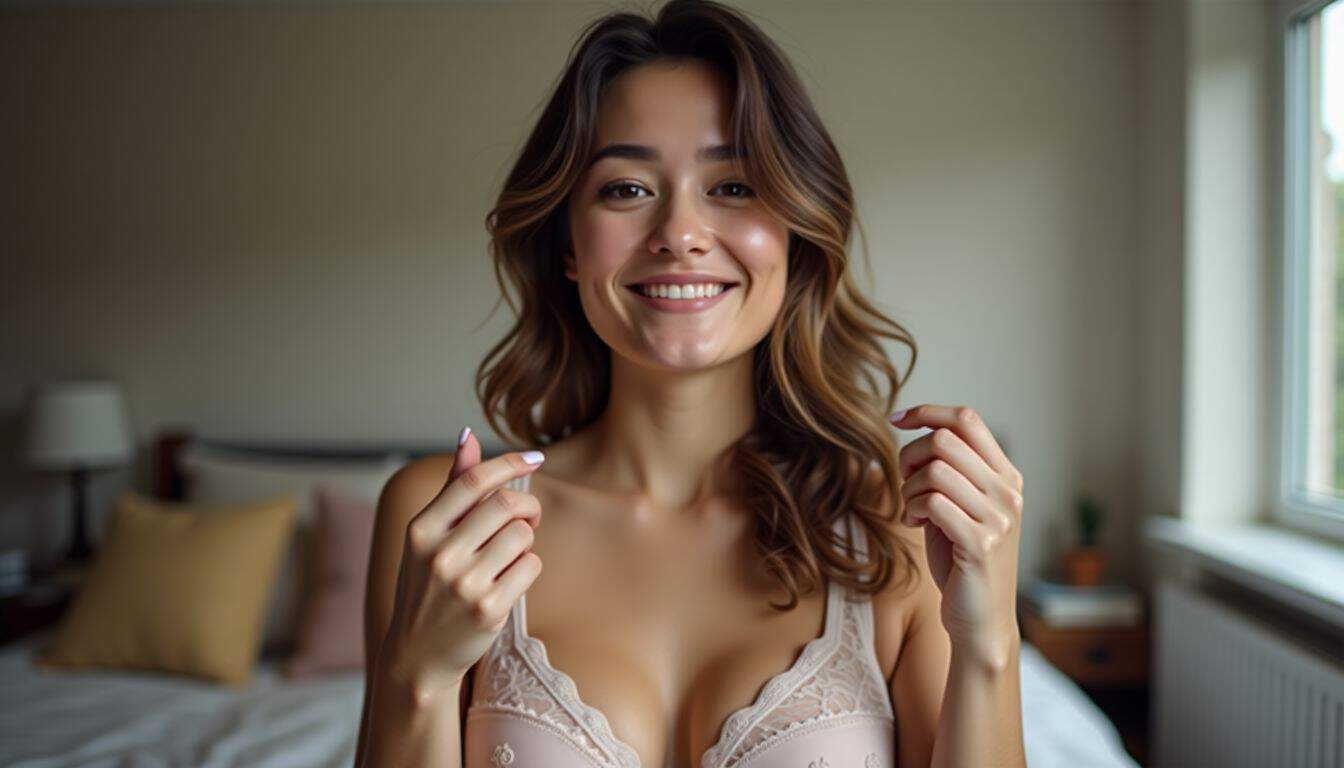
Finding the right bra for A cup breasts can be a game-changer. Certain styles can boost your confidence and comfort all day long.
Styles for Support and Enhancement
A cup breasts deserve stylish and comfy bras too. Let’s explore some great options for support and enhancement:
- Balconette bras: These lift and shape, creating a rounded look. The low-cut cups show off your natural curves.
- Bralettes: Soft and wire-free, these offer light support. Perfect for casual days or sleeping.
- Plunge bras: Deep V-necks boost cleavage. Great for low-cut tops and dresses.
- T-shirt bras: Smooth cups hide under tight clothes. They give a natural, rounded shape.
- Convertible bras: Straps adjust for different outfits. Wear them classic, halter, or strapless.
- Padded bras: Add volume and shape to your bust. Choose light padding for a subtle boost.
- Full-cup bras: Cover your whole breast for max support. Ideal for high-impact sports or long days.
- Half-cup bras: Show off your upper curves. They create a sexy, lifted look.
- Unlined bras: Embrace your natural shape. Soft cups mold to your body.
- Push-up bras: Lift breasts up and together. Create instant cleavage for special events.
Outfit Recommendations for A Cup
Dressing for an A cup size can be fun and stylish. Here are some outfit ideas to flatter your figure:
- Fitted tops: Wear snug shirts to show off your slender frame. V-necks and scoop necks draw attention to your collarbone and neck.
- Ruffles and frills: Add volume to your chest with ruffled blouses or dresses. These details create the illusion of a fuller bust.
- Layering: Try layering with cardigans, jackets, or scarves. This technique adds depth and interest to your upper body.
- Halter necks: Rock halter tops or dresses. They highlight your shoulders and create a flattering neckline.
- Prints and patterns: Go bold with eye-catching prints on your top half. They draw the eye upward and add visual interest.
- Backless styles: Show off your toned back with backless dresses or tops. This style works great for special events.
- Empire waists: Choose dresses or tops with high waistlines. They emphasize your slim torso and create a balanced look.
- Boat necks: Try tops with wide necklines. They broaden your shoulders and balance your proportions.
- Structured blazers: Wear tailored jackets to create curves. They add shape to your upper body and look professional.
- Wrap dresses: Opt for wrap-style dresses. They cinch at the waist and create a feminine silhouette.
Now, let’s explore the best bra styles for A cup sizes to pair with these outfits.
Health Benefits of A Cup Breasts
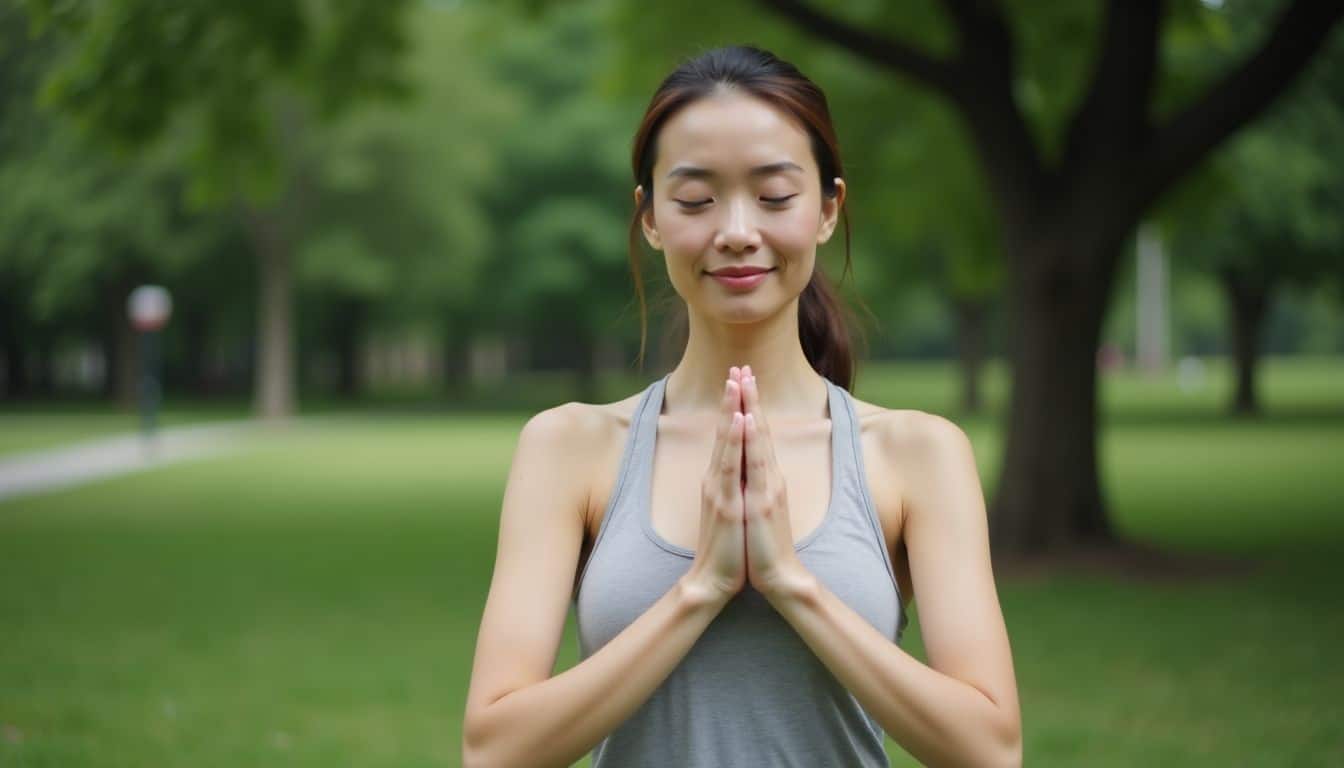
A cup breasts can be a blessing for your body. They often cause less strain on your back and neck. This size also makes many sports and exercises easier to do.
Reduced Back and Neck Pain Benefits
A cup breasts offer a hidden perk: less back and neck pain. Big busts can strain your spine and shoulders. But smaller chests don’t pull you forward or down. This means better posture and fewer aches.
Many women with larger breasts deal with chronic pain daily. Some even opt to reduce breast size through surgery to find relief.
I’ve seen firsthand how A cup breasts can boost comfort during exercise. Running, jumping, and even yoga become easier without extra weight on your chest. Bra straps don’t dig into your shoulders, cutting off blood flow.
This freedom lets you move more and enjoy an active lifestyle. Next, let’s explore how A cup breasts can give you an edge in sports and physical activities.
Advantages in Physical Activities
A cup breasts offer great perks for physical activities. Women with smaller chests often find it easier to run, jump, and move freely. They don’t need heavy-duty sports bras for support.
This means less bounce and strain during workouts. Many athletes prefer a smaller bust size for better performance.
Comfort plays a big role in staying active. A cup sizes allow for a wider range of motion in exercises like yoga or swimming. They don’t get in the way during push-ups or planks. Women report less back pain and better posture with smaller breasts.
This can lead to more enjoyment and longer workout sessions. The ease of movement often boosts confidence in sports and fitness routines.
People Also Ask
What exactly are A cup breasts?
A cup breasts are the smallest standard bra size. They’re like two cute little scoops of ice cream on your chest. Bra sizing can be tricky, but A cups typically mean your bust measurement is about an inch larger than your ribcage.
How do A cup breasts look in different outfits?
A cup breasts often look great in button-down shirts and comfort bras. They’re like secret weapons for rocking that chic, understated look. But remember, all breasts are beautiful, no matter the size. Body positivity is key!
Can A cup breasts benefit from a breast lift?
Sometimes! A breast lift can perk up sagging A cups. It’s like giving your girls a little boost. But chat with a plastic surgeon first. They’ll dish out the real scoop on whether this surgical procedure is right for you.
Are breast implants a good option for increasing A cup size?
Breast implants can bump up your cup size. It’s like trading in your compact car for an SUV. But hold your horses! This is major surgery. Talk to a cosmetic surgeon about silicone implants, implant volume, and potential risks like capsular contracture.
How does having A cup breasts affect health screenings?
Good news! A cup breasts can make mammograms a breeze. It’s like having VIP access at a concert – less tissue means easier screening. But don’t skip check-ups. Early detection is crucial for breast health.
What should I know about bra shopping with A cup breasts?
Bra shopping for A cups can be fun! Look for styles that fit your unique shape. Underwire bras aren’t always necessary. It’s like finding the perfect pair of jeans – comfort is key. And don’t forget, intimate apparel should make you feel fabulous!
References
https://galleryofcosmeticsurgery.com/blog/breast-implant-sizing-guide-2024/
https://cocorubyplasticsurgery.com.au/blog/bra-cup-sizes-and-different-breast-volumes/
https://store.shapermint.com/blogs/news/a-complete-guide-to-bra-cup-comparing-a-b-c-and-d-cup-sizes
https://www.lanebryant.com/cacique-intimates/bras/bra-fit-guide
https://baycare.org/wellness-resources/womens-health/know-your-cup-size
https://www.vogue.com/article/how-to-measure-for-a-bra (2024-09-21)
https://www.researchgate.net/publication/233594050_Breast_volume_and_bra_size (2024-10-22)
https://www.mostcomfortablebras.com/breast-sizes-and-the-myths-we-love-to-believe/
https://www.ncbi.nlm.nih.gov/pmc/articles/PMC9512736/ (2022-01-18)
https://www.kindredbravely.com/blogs/bravely/does-breast-size-affect-breastfeeding
https://www.midlifechic.com/finding-the-best-bra-for-your-breast-shape/ (2024-02-23)
https://www.midlifechic.com/how-to-find-the-right-bra-for-your-breast-shape/ (2024-02-27)
https://viveplasticsurgery.com/benefits-of-breast-reduction-for-back-and-neck-pain-relief/
https://www.yahoo.com/lifestyle/breast-size-influences-women-exercise-195016721.html (2023-08-24)
